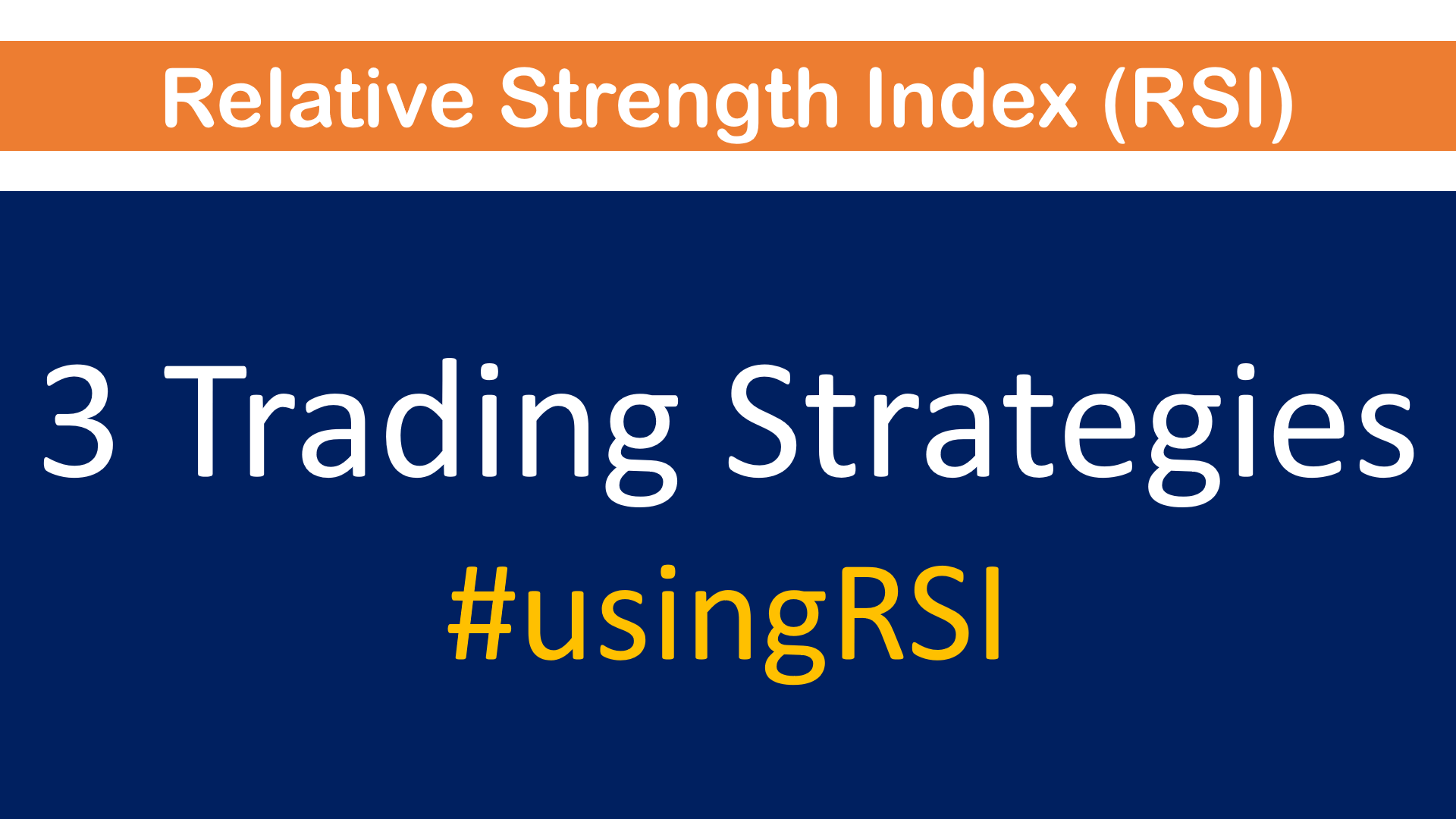Table of content
- What is RSI indicator?
- How to read RSI indicator?
- Pros and Cons of RSI indicator
- Trading strategies using RSI indicator
- Strategy 1: Finding entry levels
- Strategy 2: Using RSI divergence
- Strategy 3: Finding market trend
- Conclusion
What is RSI Indicator?
Relative Strength Index or RSI is a popular technical indicator which helps to understand the overbought and oversold region in the stock market. RSI indicator can be used in multiple dimensional perspective to develop profitable trading strategies.
How to read RSI indicator
RSI reading oscillates between 0-100 levels. RSI level of 30 is traditionally used to indicate oversold region and RSI level of 70 is considered as overbought region.
Pros and cons of RSI Indicator
Pros of RSI indicator
- RSI indicator is easy to implement and understand.
- RSI indicator works best in non-trending zone.
- RSI indicator helps in finding key reversal levels.
- RSI indicator can be used to find the loss of momentum
Cons of RSI indicator
- RSI indicator provides false signals during trending zone.
- RSI indicator ignores volume completely during key reversal levels.
Trading strategies using RSI indicator
Strategy 1: Finding entry levels
This strategy is used to find the entry level for long and short position using RSI indicator.
Creating long position
Most of the traders while using RSI for creating long position make a big mistake of creating long position when the RSI levels falls to 30 levels but it is not the correct way of creating long positions because when the RSI levels falls below 30 it just indicates that, the sellers are aggressive in nature. The correct level for creating long position is when the RSI falls below 30 level and it starts to move above 30 level. The point from where it moves upwards from 30 level is the entry point for creating long positions.
Creating short position
Here also most of the traders using RSI for creating short position make a mistake of creating short position while the RSI levels reaches to 70 levels but it is not the correct way of creating short positions because when the RSI levels moves above 70 levels it just indicates that the buyers are aggressive in nature. The correct level for creating short position is when the RSI falls reaches 70 level and it starts to move below 70 level. The point from where it moves downwards from 70 level is the entry point for creating short positions.
Both of the methods in strategy 1 works the best in non-trending zone. In both of the methods traders should keep stoploss to avoid unnecessary losses.
How to use RSI with double bottom
The double bottom is made of two equivalent bottoms. When we see the formation of second bottom coupled by high volume then technically it is considered as a reliable support zone. Meanwhile, to validate the same, if RSI also moving upwards from 30 levels (oversold region) from the support zone, then this gives us the double confirmation about the support zone. This gives confidence to create long position.
Strategy 2: Using RSI divergence
What is Divergence
When the stock price and technical indicator moves in different direction then it is said to be divergence in nature. When the stock price is making new highs but the indicator is refusing to move in upside direction with the same momentum inline with the stock price, then we can conclude that the, market has lost its momentum.
RSI can indicate positive or negative divergence over underlying stock price. RSI indicator can give the early signals for trend reversal and such signals can be used to create trading positions.
Call option writing with negative divergence is a good strategy and put option writing with positive divergence is a good strategy.
To know more about illustrative examples of trading strategies using RSI indicator, you can watch this video.
Strategy 3: Finding market trend
When there is an established trend prevailing in the market (either bullish or bearish) then, RSI indicator gives a false signal. When the RSI indicator hovers around 50/70 levels it shows that the market is in trending zone and also the RSI indicator movement between 50/70 levels also indicates the bullishness mood of the market. Subsequently, if the RSI indicator oscillates around 30/50 levels, it indicates bearish signal.
How to use RSI 50 level
This strategy is very popular among retracement traders. When we see the RSI indicator oscillating between 50/70 levels, it is good to buy the stock when the RSI touches 50 levels and if this level is double confirmed with Fibonacci retracement levels or when we see the price is testing the previous top with high volume, then this level becomes more reliable.
Conclusion
The strength of RSI levels lies in its simplicity of implementation and in understanding it. If we use RSI indicator in the right time in the stock market (mainly during non-trending zone), then it would give satisfactory results. Even though, the strategies explained in this post can be used both by beginners and professionals, it is advisable that, strategy 1 should be used by beginners and once we get a solid foundation on how to use it, we can try the next two strategies.

